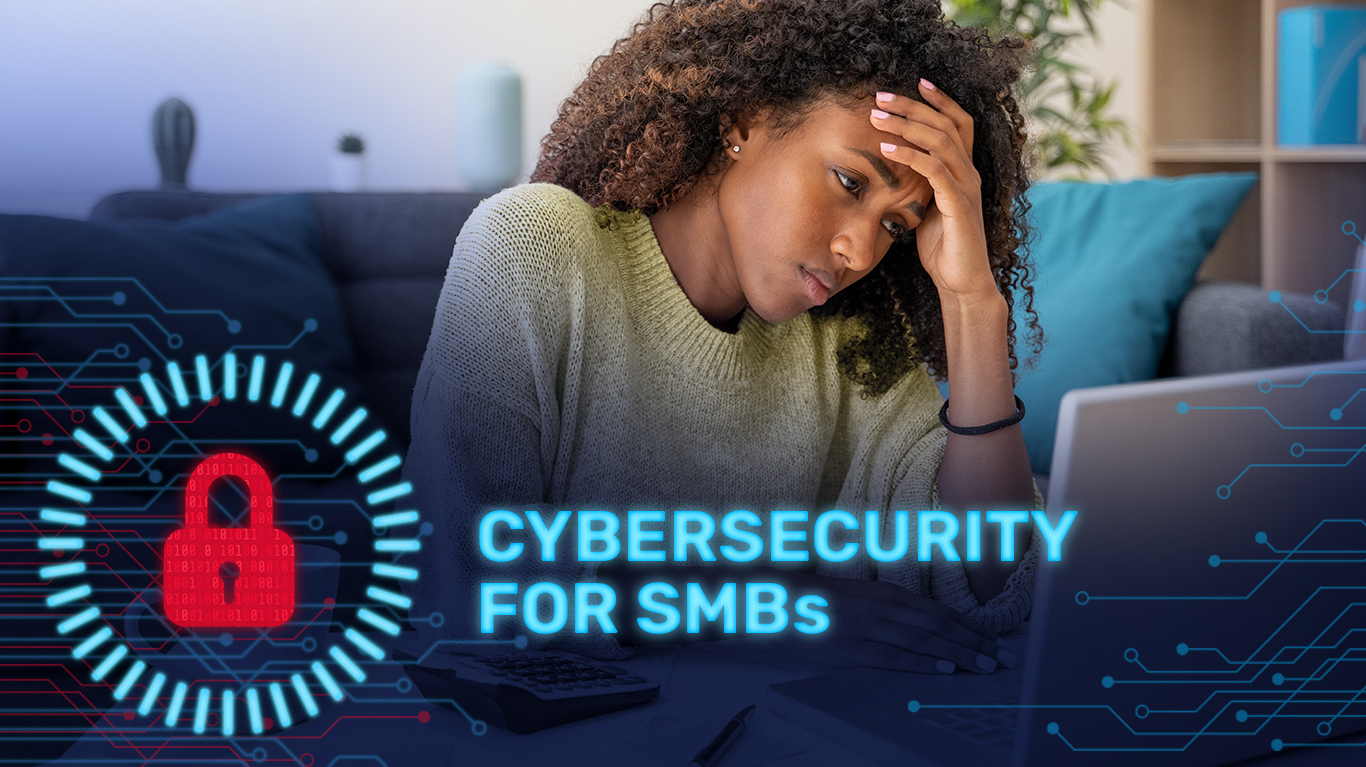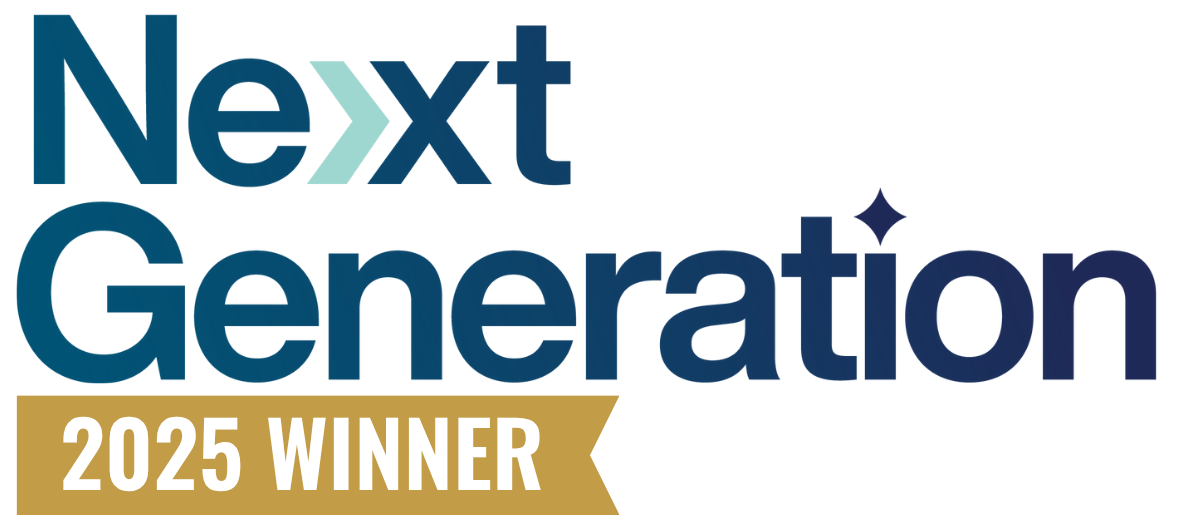This blog is part 3 of our 4 part Cybersecurity for SMBs series.
Hackers have learned an unfortunate truth: small to medium-sized businesses (SMBs) have a shortage of resources to properly defend against cyber attacks. This revelation has led hackers to narrow their sights and increasingly target SMBs. Forty-three percent of cyber attacks target small businesses, and an alarming 83% of SMBs feel unprepared to handle a cyber attack if and when it occurs.
If SMBs want to protect their company’s sensitive data, they’ll need to take a strategic and proactive approach against hackers and their increasingly sophisticated cyber attacks. The first step to achieving a fortified security posture is to fully understand the top cybersecurity threats facing your employees as they are often the first line of defense and the first to be exploited.
From human error to sophisticated ransomware attacks, here are the top four cybersecurity threats facing SMB employees.
1. Human Error
Even as ransomware and cyber threats become more sophisticated, the biggest cybersecurity risk facing SMB employees is still themselves. Only 60% of businesses provide cybersecurity awareness training to their employees. The lack of formal training has created vulnerabilities for hackers to exploit, whether that be falling for phishing attempts, using weak passwords, or engaging in unrestrained web browsing. SMB employees that aren’t well-versed in cybersecurity best practices provide hackers a variety of attack points to exploit. These attack points ultimately leave sensitive data, business reputations, and profit margins at risk.
2. Ransomware Attacks
Ransomware is a type of malware that infects individual and business computers, encrypts their files, and then holds them for ransom until the victim pays to receive the files back. Ransomware strains have progressively become more sophisticated and have evolved their ability to spread, evade, encrypt, and manipulate users into paying hefty ransoms.
Only 38% of state and local government employees are trained in ransomware protection and even more revealing, less than 18% of SMB employees are aware that ignoring computer updates may lead to a ransomware attack. As ransomware attacks continue to evolve, business owners and IT managers need to narrow the knowledge gap surrounding ransomware through continual employee cybersecurity training.
3. Outdated Legacy Systems and Software
Compared to larger enterprises, SMBs are at a disproportionately higher risk of enduring a cyber attack due to the lack of resources to pay for the latest technology and software. By using outdated legacy software, SMBs employees are exposed to known vulnerabilities such as older firewall technologies reaching the end of their security lifecycle. When security flaws are found in legacy systems, hackers often share their discoveries online, allowing other hackers to quickly learn how to exploit the now well-known vulnerability.
Legacy business systems leave SMB employees without the tools they need to properly defend themselves as outdated systems are often incompatible with the latest security features such as multi-factor authentication (MFA), audit trails, and encryption methods. SMBs can leverage a custom managed security service to help them replace their legacy systems, enabling them to scale with confidence.
4. Phishing Attacks
A form of social engineering, phishing attacks are designed to exploit and trick uneducated and vulnerable employees into accidentally revealing sensitive business information and credentials. Phishing schemes can be incredibly sophisticated and difficult to spot as they tend to mirror credible emails or other forms of reputable communication.
Detrimental data leakages can occur when employees fall for phishing scams. When an SMB leaks their customer’s sensitive information, consumer trust is eroded, SMB reputation is harmed, and the likelihood for repeat business decreases drastically. According to Verizon’s 2021 Data Breach Investigations Report, the top three types of data that are compromised in a phishing attack are:
- Credentials - Passwords, usernames, and PIN codes.
- Personal data - Name, address, birth date, and social security.
- Medical information - Treatment information, laboratory test results, and insurance claims.
Phishing attacks can quickly turn into expensive disasters. Phishing attack recovery costs nearly quadrupled over a six-year period with the average annual recovery cost of phishing increasing from $3.8 million in 2015 to $14.83 million in 2021. While the financial cost of phishing can be measured, the true cost of phishing goes beyond monetary losses and can be broken down into the following categories:
- Remediation
- Incident response
- Damaged reputation
- Lost intellectual property
- Operational downtime and lost hours from employees
Mitigate Your Cybersecurity Risks with a Tailored Employee Cybersecurity Training Program
There is a laundry list of cybersecurity risks facing SMB employees that go way beyond the four mentioned above. SMBs need to understand the full scope of cybersecurity threats facing their business. The ones that do are better positioned to partner with experienced cybersecurity specialists to develop and implement a tailored employee cybersecurity training program that equips their employees with the tools and knowledge to prevent, mitigate, and recover from cyber attacks and data breaches.








